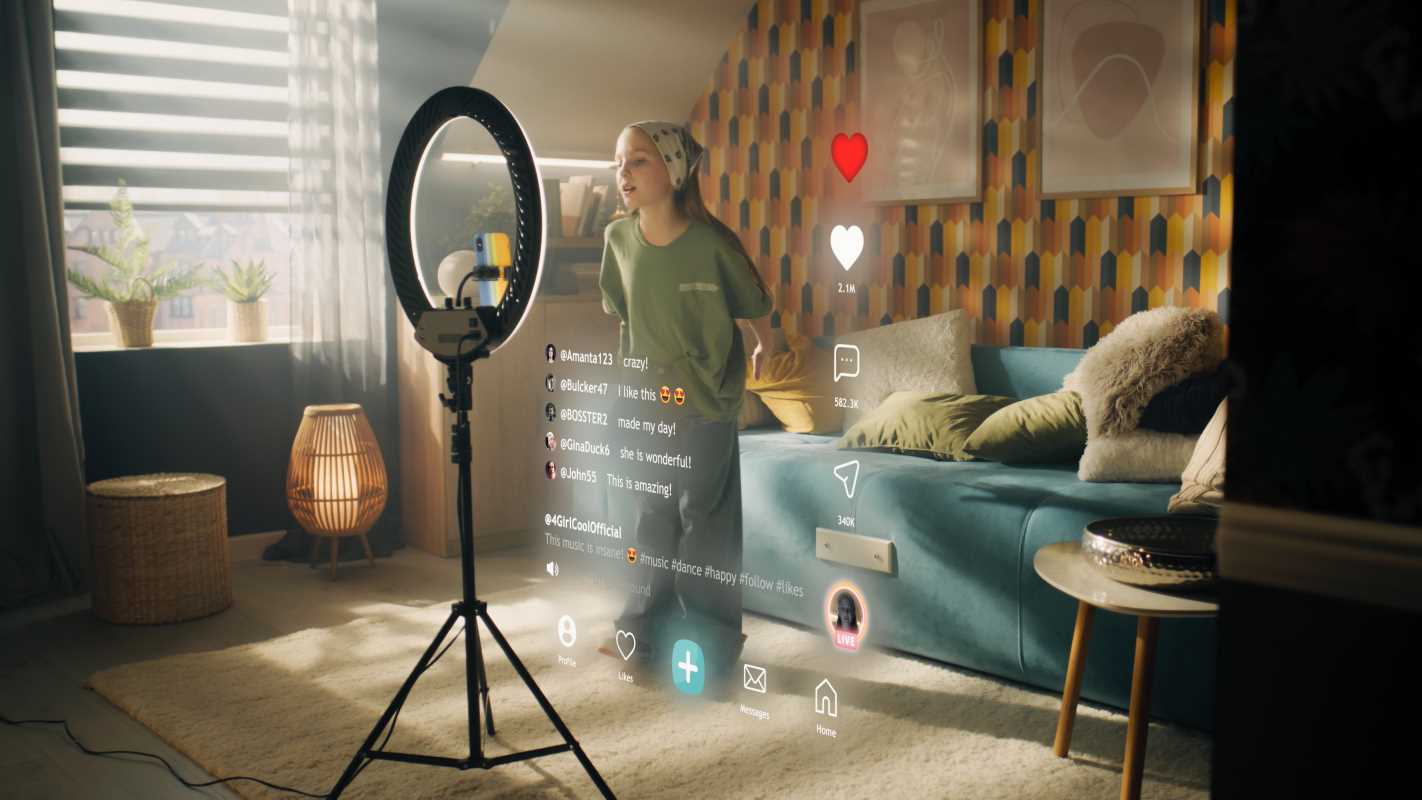There was something special about the shared experience of watching network television with family or discussing last night’s big episode at work or school the next day. As a millennial who longs for the simplicity of those times, I understand the pull of nostalgia. But let’s be honest: the streaming revolution isn’t just a passing trend; it’s a fundamental shift in how we consume entertainment. And while I may occasionally miss the days of primetime TV, even I have to admit that streaming offers some undeniable advantages over traditional network television.
So why is streaming so dominant these days? It’s a combination of factors, really, and together, they paint a clear picture of why network TV is struggling to stay relevant.
On-Demand Access: The Ultimate Convenience
This is the biggest game-changer. With streaming, you can watch what you want, when you want. No more rushing home to catch your favorite show, no more setting the DVR and hoping it doesn’t cut off the last five minutes, and no more waiting an entire week for a new episode. This level of control and convenience is something network TV simply can’t compete with. Viewers today expect instant gratification, and streaming delivers it effortlessly.
Ad-Free(ish) Viewing
Let’s be real—who actually enjoys watching commercials? While some streaming services now have ad-supported tiers, they’re generally less intrusive and more targeted than the endless, repetitive commercials on network television. Many viewers are willing to pay a premium for uninterrupted viewing, and streaming platforms cater to that demand. Meanwhile, network TV remains heavily dependent on advertising revenue, forcing viewers to sit through lengthy ad breaks that often disrupt the flow of storytelling.
The Rise of the Streamers
Streaming services aren’t just platforms for old TV shows and movies; they’re major players in content creation. Platforms like Netflix, Hulu, Prime Video, and Apple TV+ are producing some of the most innovative, high-budget, and talked-about shows today.
From award-winning dramas like The Crown and Succession to cultural phenomena like Stranger Things and The Mandalorian, streaming platforms are willing to take creative risks that network TV often shies away from. With fewer restrictions on language, themes, and storytelling structure, streaming shows tend to feel fresher and more exciting. Compare that to network television, which still largely relies on predictable sitcoms, formulaic crime procedurals, and reality TV.
Binge-Watching, The New Normal
Streaming has changed how we consume stories. The ability to watch an entire season of a show in one weekend has become the norm. Viewers love the option to dive deep into a story without being forced to wait for new episodes week after week. This binge-watching culture creates intense engagement, and shows released all at once often dominate pop culture conversations in a way that network TV rarely does anymore.
Of course, some streamers, like Disney+ and HBO Max, have embraced a hybrid model, releasing new episodes weekly to keep buzz going. Even so, they still offer the flexibility to catch up at your own pace, something network TV simply doesn’t provide.
The Algorithm Knows Best (Mostly)
Streaming services use advanced algorithms to track viewing habits and suggest content tailored to each user’s preferences. While these recommendations aren’t always perfect, they can introduce viewers to new shows and movies they might not have discovered otherwise. Network TV, by contrast, offers a one-size-fits-all schedule, leaving viewers stuck with whatever happens to be airing at a given time.
Cutting the Cord on Cable
For years, cable was a necessary expense if you wanted access to a variety of channels. But with the rise of streaming, more and more people are “cutting the cord” and canceling their cable subscriptions in favor of cheaper, more flexible options.
While the cost of multiple streaming subscriptions can add up, many viewers still find it to be more cost-effective than traditional cable packages, which often come bundled with channels they never watch. Additionally, streaming allows users to subscribe and cancel services as needed, something cable contracts typically don’t allow.
Global Reach
Streaming has opened up the world of entertainment like never before. It’s easier than ever to watch international shows and movies, from South Korean dramas to Scandinavian crime thrillers. Shows like Squid Game, Money Heist, and Dark became global hits thanks to streaming platforms, proving that audiences are eager for diverse storytelling.
Network television, on the other hand, remains largely focused on domestic programming, limiting the variety of content available to viewers.
Data-Driven Decisions
Unlike network television, which relies on traditional Nielsen ratings to measure success, streaming platforms have access to detailed viewer data. They know exactly what people are watching, when they pause, rewind, or stop an episode, and what content keeps subscribers engaged. This allows them to make data-driven decisions about which shows to renew, which genres are trending, and even how to market their content more effectively.
The Future of Television
While network TV isn’t dead yet—it still has a dedicated audience, particularly for live sports, news, and major events—it’s clear that streaming is shaping the future of entertainment. The convenience, variety, and innovation offered by streaming services have redefined viewer expectations, making it difficult for traditional television to keep up.
.jpeg)


.jpeg)
.png)
.png)

.png)